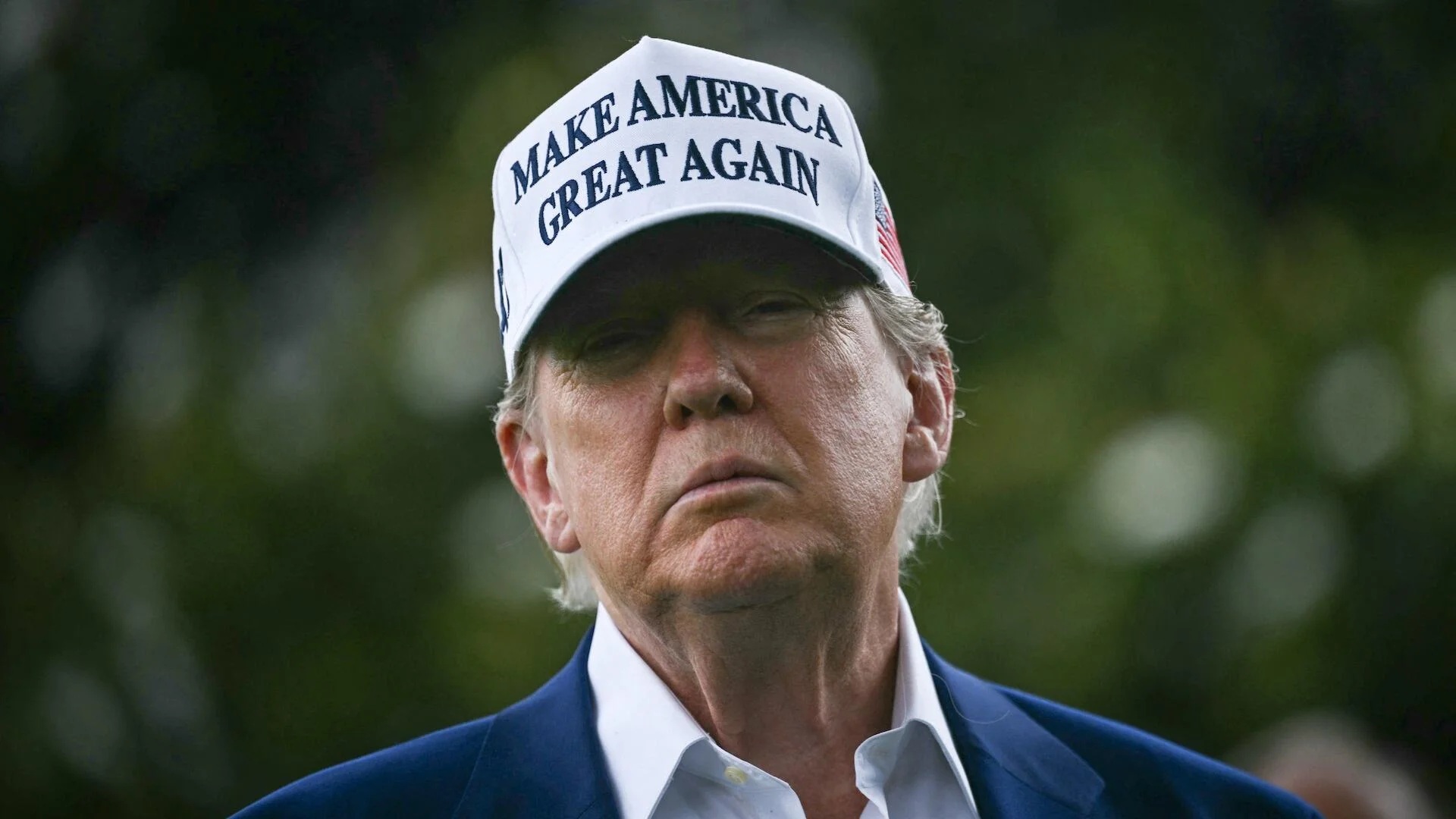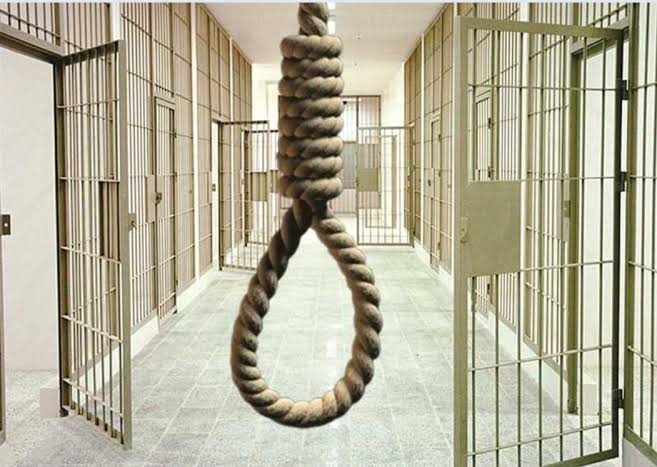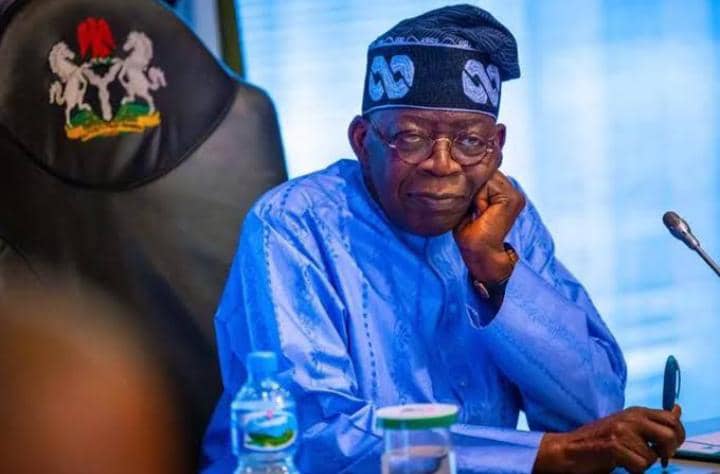News
Trump weighs Iran strike as Middle East teeters on the brink of war

In a rapidly intensifying Middle East crisis, President Donald Trump on Thursday, June 19, 2025, privately signaled his approval of military plans targeting Iran, though he is reportedly holding back in hopes that Tehran might still abandon its nuclear ambitions.
According to sources close to the discussions, Trump told senior aides late Tuesday that the option to strike was on the table and ready to be executed, but he is pausing to see if diplomatic pressure might still work.
This moment of hesitation comes against the backdrop of a deeply volatile situation.
Hostilities between Iran and Israel have exploded into a full-scale conflict, now entering its seventh consecutive day.
In one of the most dramatic developments yet, an Iranian missile struck an Israeli hospital, raising alarm across the region and drawing international condemnation.
In response, Israel launched a barrage of counterattacks, claiming to have hit over 100 Iranian targets.
Among those were high-value facilities including Iran’s heavy-water nuclear reactor in Arak and a controversial site in Natanz.
The site, Israeli officials allege, is being used to develop nuclear weapons.
When asked directly whether he intends to greenlight a U.S. strike on Iran’s nuclear infrastructure, Trump gave a cryptic response: “I may do it, I may not do it.”
Still, he made it clear that the coming days would be decisive.
“The next week is going to be very big—maybe even sooner,” he warned, doubling down on his hardline demand for Iran’s unconditional surrender of its nuclear ambitions.
Meanwhile, the United States is significantly increasing its military presence in the region, fueling speculation that an American intervention might be imminent.
A third U.S. Navy destroyer has entered the eastern Mediterranean, and a second aircraft carrier strike group is now making its way toward the Arabian Sea.
While Pentagon officials insist this buildup is purely defensive, military analysts suggest it gives the U.S. more flexibility if Trump chooses to join Israeli military operations.
Some view this show of force as a strategic pressure tactic, a high-stakes gambit to force Iran back to the negotiating table.
But others warn it could be a precursor to a much larger and more dangerous confrontation.
Iran, however, is not backing down.
Supreme Leader Ayatollah Ali Khamenei issued a defiant response, stating clearly that Iran would never surrender under pressure.
In a televised address, Khamenei warned that any military action by the United States would be met with severe and far-reaching consequences.
“If the Americans think they can strike us without retaliation, they are gravely mistaken,” he said.
“Such actions will lead to consequences they cannot undo.”
As the rhetoric intensifies and both sides dig in, the international community watches with growing unease.
Many fear that what began as a series of tit-for-tat exchanges could quickly spiral into a full-scale regional war, one that could pull in multiple nations and destabilize the Middle East for years to come.
The White House has so far avoided offering a definitive stance, likely trying to balance the threat of force with the possibility of a diplomatic off-ramp.
But critics argue that the U.S. risks being drawn into a conflict with unclear goals and potentially catastrophic consequences.
For now, the world waits. In Washington, in Tehran, and across the Middle East, all eyes are on what happens next.
Will this be a turning point that leads to a new nuclear deal—or the opening chapter of another long, bloody conflict?
One thing is certain: the decisions made in the coming days could shape the future of global security for years to come.
Whether Trump ultimately opts for diplomacy or war, the stakes could not be higher.
For Diaspora Digital Media Updates click on Whatsapp, or Telegram. For eyewitness accounts/ reports/ articles, write to: citizenreports@diasporadigitalmedia.com. Follow us on X (Fomerly Twitter) or Facebook












